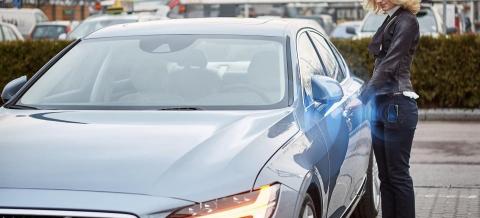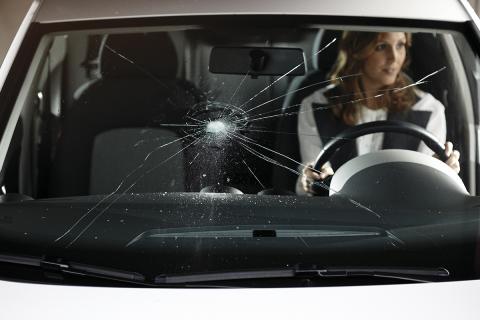Renewing the driver’s license is, a priori, a mere procedure: pass the psychotechnician and submit the necessary documentation. However, the DGT is considering changing the system and one of the key points is to tighten the rules so that those over 65 have a driving license.
Currently that is the age that establishes a key difference: the youngest drivers of it have to renew it every 10 years, while those who exceed it have to stop the process every five years.
We are talking about car and motorcycle licenses (AM, A1, A2, A and B) which are the most common. However, for the heaviest vehicles (from C and above) the periodicity is three years.
Now, the General Directorate of Traffic is considering ideas to change these periods and make them stricter. However, it has not yet been discussed when these changes could come into force and it is not yet clear what these new periods would be.
This is because it would not be a fixed amount from the age of 65, the idea is to adapt the renewal times by age groups, adapting them to the psychophysical evolution of people. It is logical and suggests that, progressively, the time spaces would be shortened, since the older, the greater the deterioration of cognitive abilities.
The decision is not being taken lightly, but with the data in hand. In recent years in Spain there have been around 4 million drivers over 65 years of age and various studies suggest that it is a group that tends to suffer from oversights more than any other.
Thus, they are more likely to suffer side collisions, to commit an infraction at an intersection and, above all, to miss a stop sign.
Of course, it must also be recognized that according to data from the DGT itself, in general terms they are more cautious and have lower tendencies in the probability of exceeding the speed limit, having head-on collisions, not wearing a seat belt or invading the opposite lane.
Finally, a study by Dekra indicated that in the period from 2020 to 2018, only this group of drivers over 65 years of age experienced an increase in deaths (5% more), while deaths at the wheel decreased in the rest.










